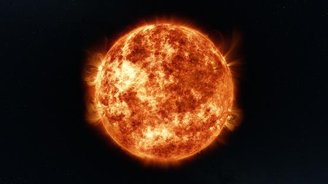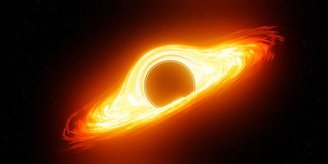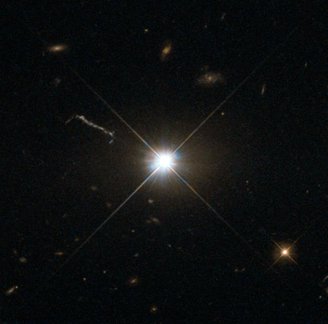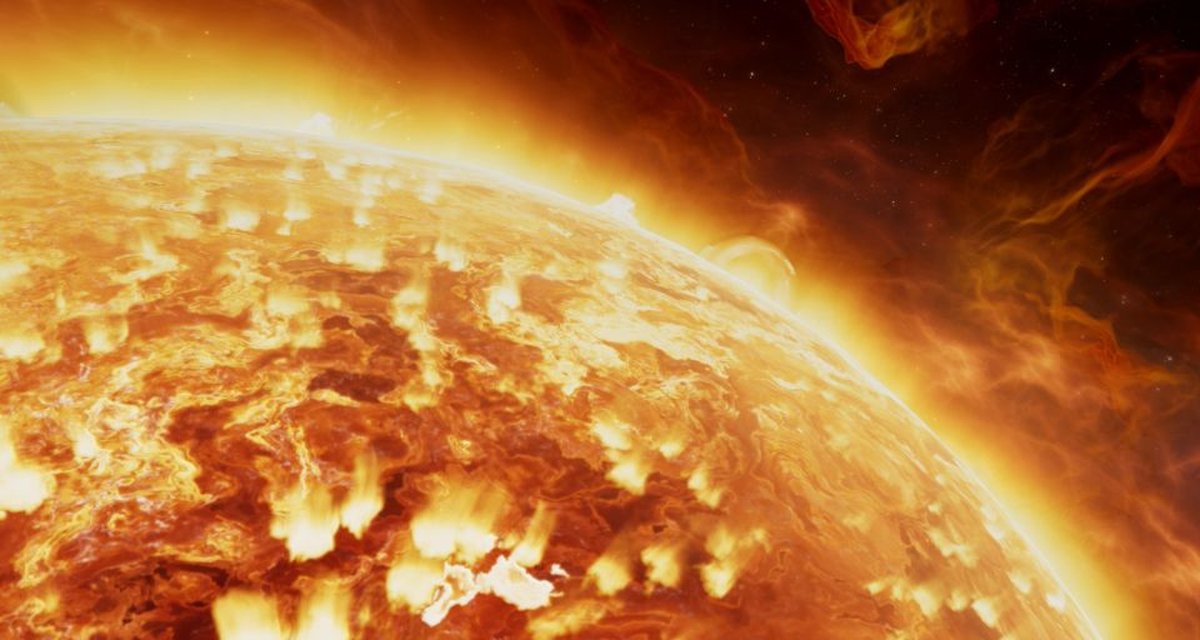Human curiosity seeks extremes. Trying to know what is the fastest thing, the most durable element, the largest object, and countless other physical attributes creates fascination and stimulates the imagination to understand the limits of the laws of nature in the Universe.
When these limits are applied to temperature scales, two inevitable questions arise: Which are the coldest and hottest natural places in the universe?
During The temperature of the Boomerang Nebula is approximately -272 degrees Celsius (just over a unit Kelvin on the absolute scale) is the answer to the coldest question for at least 1,500 years, the answer to the hottest question is in an ever-changing flux.
It’s intuitive to think of the Sun as a starting point when considering very hot places. Our nearest star and constant source of heat and light has a dizzying temperature of around 15 million degrees Celsius at its core, where nuclear fusion reactions occur.
These reactions are powerful enough to convert hydrogen into helium, releasing enormous amounts of energy to illuminate and heat the Sun. But on its surface the temperature is much “milder”: around 5,500 to 6,000 degrees Celsius.

But all we have to do is step away from our cosmic backyard and We will find stars much hotter than the Sun. Massive stars, such as O-type stars, can reach surface temperatures between 30,000 and 50,000 degrees Celsius. At the center of these stars, temperatures are even more extreme, exceeding 100 million degrees Celsius. They burn their fuel much faster than the Sun and live short but intense lives.
When one of these massive stars runs out of fuel, it can explode as a supernova, one of the most energetic events in existence. The temperature at the star’s core during this catastrophe can reach an impressive 3 billion degrees Celsius.
This explosion not only produces unimaginable heat, but can also spread heavy elements throughout the universe, eventually forming new solar systems and planets.
After a supernova, the star’s core may collapse into a neutron star. where the surface temperature can reach 1 million degrees Celsius. However, if the original star is extremely massive, the core may continue to collapse until a black hole forms.
Near these cosmic giants, the game reaches another level: Gas and matter around the event horizon of a black hole can be heated to tens of billions of degrees Celsius!

When we reach these extremes of high temperature in the universe, it is very important to talk about quasars, the real cosmic lighthouses! Quasars are the active cores of distant galaxies powered by supermassive black holes. And it is exactly one of these objects that currently holds the title of hottest place in the Universe: quasar 3C273!
Quasar 3C273 was the first object in the sky identified as a quasar because it was the optically brightest object in its category. It is located in the constellation Virgo and is approximately 3 billion light-years away from us, shining with an intensity equivalent to all 1000 galaxies, making it one of the most energetic and active objects known in the Universe.

Typically, as gas and matter fall towards the black hole at the center of the quasar, They form an accretion disk whose temperatures can reach tens of billions of degrees Celsius on average.This makes quasars incredibly bright and, as a result, possible to see from very long distances.
But in the case of 3C273, the temperature of the accretion disk has been measured at an impressive 10 trillion degrees Celsius, placing it first on the podium of the hottest places in the Universe!
Did you like the content? So, take advantage of a better understanding of how space weather can affect Earth and don’t forget to share the article on your social networks. To the next one!
Source: Tec Mundo
I’m Blaine Morgan, an experienced journalist and writer with over 8 years of experience in the tech industry. My expertise lies in writing about technology news and trends, covering everything from cutting-edge gadgets to emerging software developments. I’ve written for several leading publications including Gadget Onus where I am an author.













